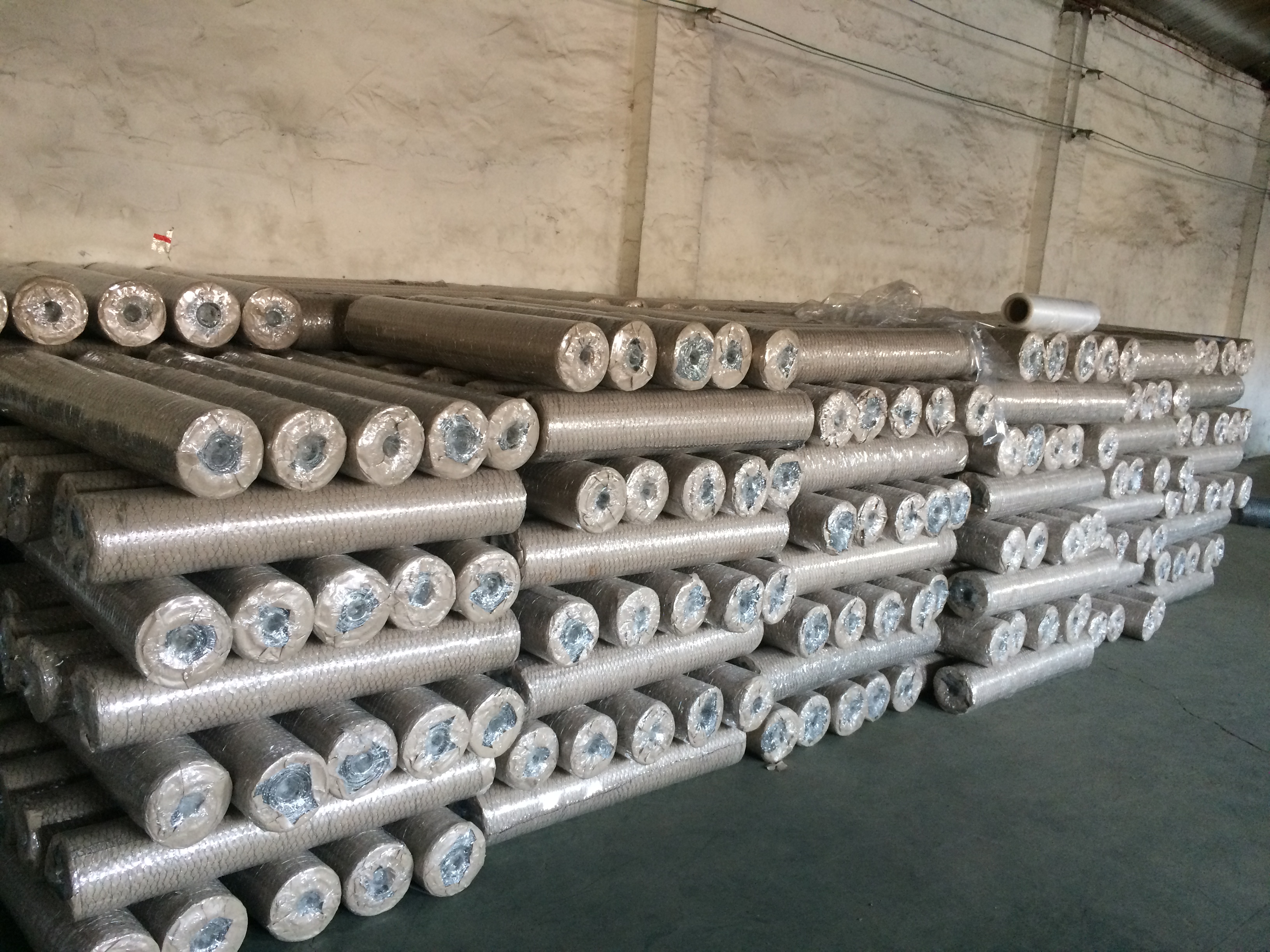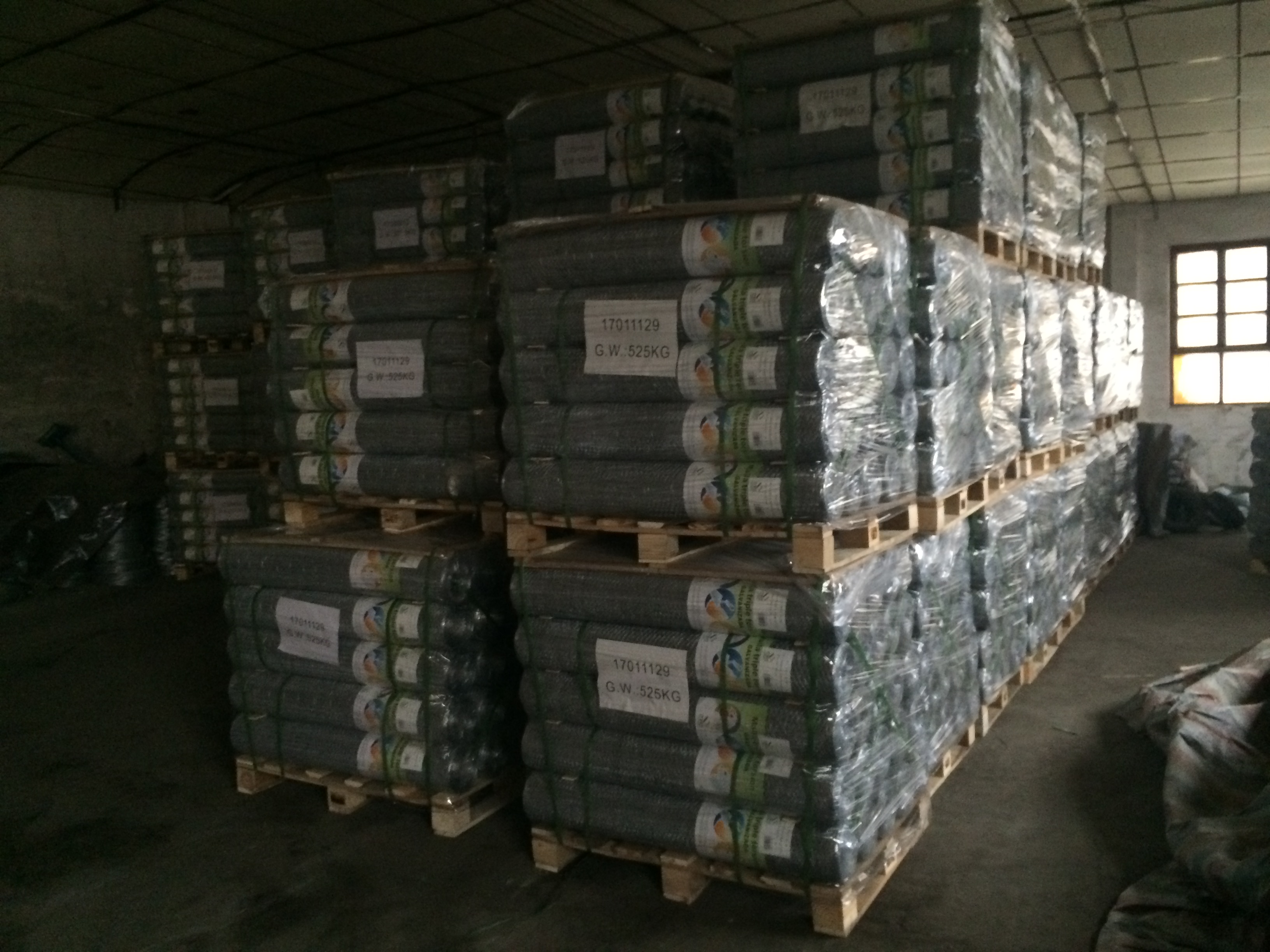Question 1 : Blocking Blocking is the most prone problem in the use of water-based inks, mainly because of the poor resolubilization of gravure aqueous inks, so once the operation is not proper, it is easy to produce blocking. The blockage will lead to a series of print quality problems, such as pinholes on the surface of the print, small text, lack of pen and picture, uneven color, and bottom leakage. The causes and solutions for blocking are as follows. (1) Intermittent shutdown and stoppage, the ink is dried in the cell cavity due to the evaporation of the diluent. In this case, the plate needs to be cleaned with special tools and cleaning agents. If necessary, the plate needs to be removed and cleaned with an organic solvent (ethyl acetate). Therefore, in the case of intermittent shutdown, it is recommended to use the non-stop version of the machine to prevent the ink from drying up in the cell. (2) The ink is dry and solid in the mesh cavity due to excessive drying. In this regard, firstly, a small amount of slow-drying agent can be added to the ink. The slow-drying agent can inhibit and slow the drying time of the ink, and prevent the surface of the ink from crusting, and the general dosage is controlled at 3% to 5%; secondly, whether the diluent ratio is suitable, If necessary, the diluent ratio should be adjusted. Usually, the ratio of alcohol to water in the aqueous ink diluent is between 1:1 and 4:1, but the amount of water needs to be considered when increasing the proportion of water, if water is added. Too much amount, on the one hand, will produce too many bubbles, on the other hand, it will lead to incomplete drying of the ink, resulting in sticky or ink back-drawing. (3) The ink viscosity is too high. At this time, the viscosity of the ink should be appropriately lowered, but the printing speed and leveling property must be taken into consideration. Because the viscosity of the ink is too low, too many bubbles will be generated, resulting in white spots on the surface of the printed product, too light printed graphics or thin lines and small text thickening. (4) The plate mesh is too shallow. At this time, the depth of the printing plate should be appropriately deepened, but the quality problems that may occur when the printing plate is too deep, such as thickening of the writing, blurring of the small text, and unclear pattern, must be considered. Question 2 : Poor drying Drying performance is one of the most important indicators of water-based inks. The drying speed of the aqueous ink is slower than that of the solvent-based ink, and once the drying is insufficient, a sticking phenomenon occurs. Therefore, when using an aqueous ink, it is necessary to increase the drying temperature, which is usually 10 to 20 ° C higher than the drying temperature of the solvent-based ink, and it is also necessary to increase the amount of exhaust air, and it is possible to lengthen the post-printing path of the paper. Of course, the improvement and improvement of the drying performance of the aqueous ink also requires the cooperation of the ink manufacturer to adjust the aqueous ink formulation. Question 3 : Dirty pull on the plate In the production of water-based ink gravure, there is often an visceral brace around the bar code or dark image due to the unscratched ink on the corresponding position plate, mainly because the water-based ink has lower lubricity than the solvent-based ink. . In this regard, ink manufacturers are required to add corresponding auxiliaries to solve the problem when producing water-based inks. At the same time, the printing workers need to adjust the angle and pressure of the squeegee in the printing production, and the shorter the blade when the squeegee is installed, the better the squeegee effect. Conditional printing companies can consider the use of ceramic scrapers, which are smooth, no need for sanding, good elasticity, corrosion resistance, and the blade part is uniquely polished to fit perfectly with the plate cylinder to achieve the best Scrape effect. Question 4 : Too many bubbles Too much water-based ink bubbles can cause white spots, blisters, water marks, etc. on the surface of the printed product. The causes and solutions for the bubble problem are as follows. (1) When water-based ink is diluted, more water is added. In this regard, two solutions can be adopted: one is to add an antifoaming agent, the amount is generally 0.5% to 1.0%; the second is to adjust the ratio of the diluent. (2) Some dark water-based inks are caused by too little amount of water and long-term circulation, so that the alcohol in the diluent volatilizes and more water remains. At this point, you should add the right amount of alcohol. (3) The amount of surfactant is not properly controlled. Surfactants reduce the surface tension of water and improve the wettability of pigments, but if the amount is not properly controlled, a large amount of bubbles will be generated. The amount of surfactant should be controlled by the ink manufacturer during the production process. Question 5 : Poor print leveling The poor leveling performance of water-based ink is mainly reflected in the fact that the water ripple phenomenon is heavy or the printing is not true (leakage bottom), and the causes and solutions are as follows. (1) The viscosity of the ink is too low, resulting in a weakening of the ability of the carrier to drive the toner. At this time, the viscosity of the ink should be appropriately increased, but if the viscosity of the ink is too high, the fluidity of the ink is deteriorated, and the print leveling property is also deteriorated. Generally, when using water-based ink for gravure printing, the viscosity of the full-page printing in the field should be substantially the same as or slightly lower than that of the solvent-based ink, and the viscosity of the screen image printing should be slightly lower than that of the solvent-based ink. (2) After the long-term circulation, the binder in the aqueous ink is reduced or the amine-based substance is volatilized, thereby causing a change in the performance of the aqueous ink, and the printing leveling property is also deteriorated. When the problem is slight, a large amount of new ink can be added to solve the problem; if the problem is serious, if the water-based ink is contaminated, it is necessary to replace the new ink. Question 6 : Poor stability The poor stability of water-based ink is mainly reflected in the phenomenon of easy precipitation, delamination, false viscous, etc., mainly due to the poor dispersibility of the pigment in the aqueous resin, easy aggregation and precipitation, and the addition of additives (surfactant, Defoamer, pH stabilizer, leveling agent, slow drying Agents, quick-drying agents, dispersing agents, thinners, etc.) are used to improve their own weaknesses, resulting in poor stability. In this regard, it is necessary to fully stir the aqueous ink before using it. For example, when using the new ink, it should be stirred evenly beforehand, and then added with diluent to adjust; during the printing process, it should be stirred regularly to prevent precipitation due to ink. Upper dirty strip or blockage. Occasionally, when it comes to a water-based ink that is difficult to stir and solidifies into a colloidal state, it is necessary to consider the quality problem of the ink itself. The above content is reproduced in the " Printing Technology " official WeChat (Printech1957), authorized by the company to publish, copyright, piracy will be investigated!
Galvanized hexagonal wire mesh is
also named Chicken wire netting, made of low carbon iron wire,
galvanized or hot-dip zinc plated before or after weaving. Hexagonal
wire netting is firm in structure and has flat surface. It is
extensively used in INDUSTRIAL AND AGRICULTURAL CONSTRUCTUONS AS
REINFORCEMNET AND FENCING. It is also used as Fence for Poultry Cage,
Fishing, Garden and Children playground, etc.
Benefits


Galvanized Wire Mesh, Galvanized Hexagonal Wire Netting, Hot Dipped Galvanized Poultry Wire Mesh, Stainless Steel Hexagonal Wire Netting, Galvanized Chicken Wire Netting,Hexagonal Wire Netting
DINGZHOU TIAN YILONG METAL PRODUCTS CO., LTD. , https://www.wiremeshsolution.com